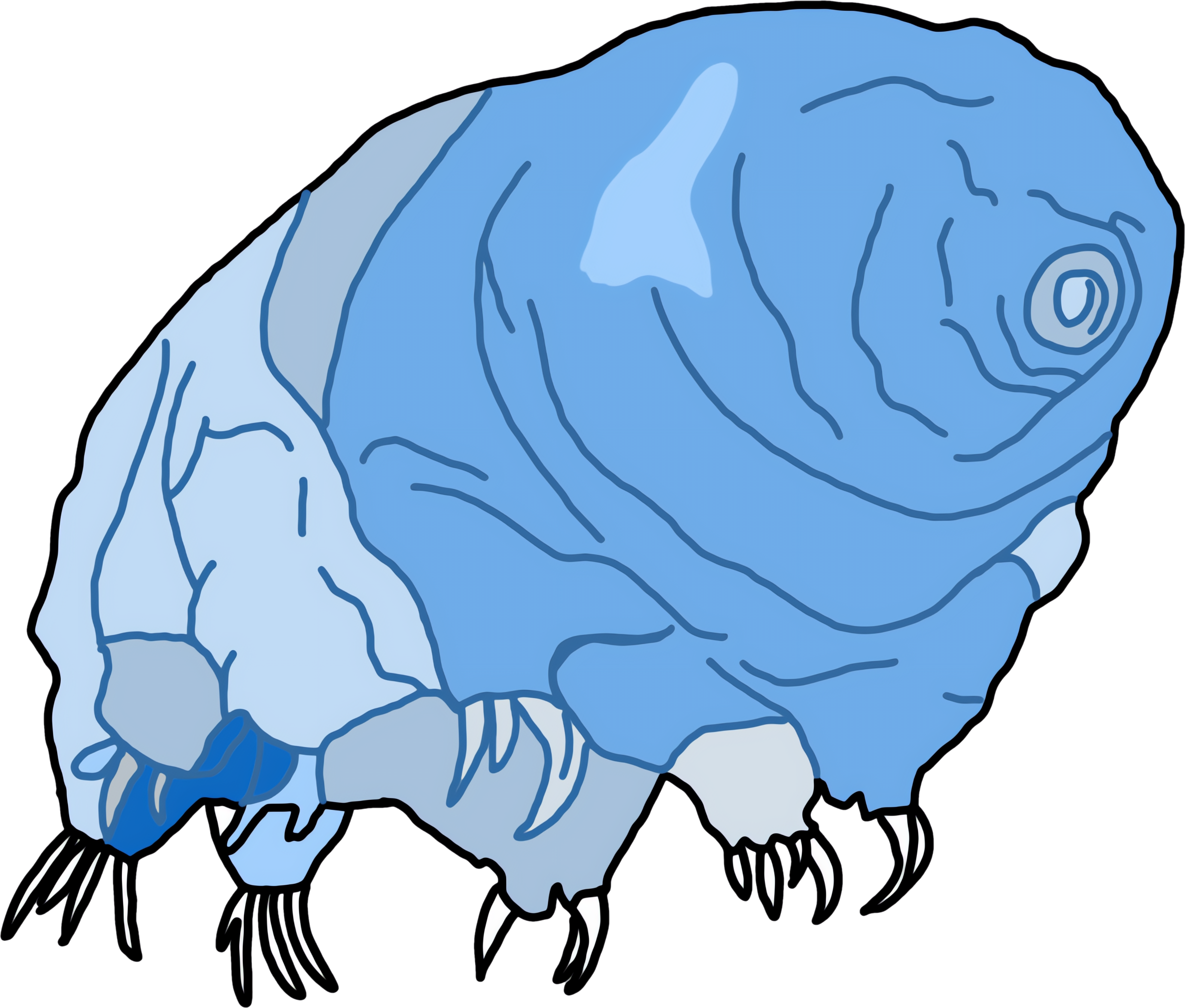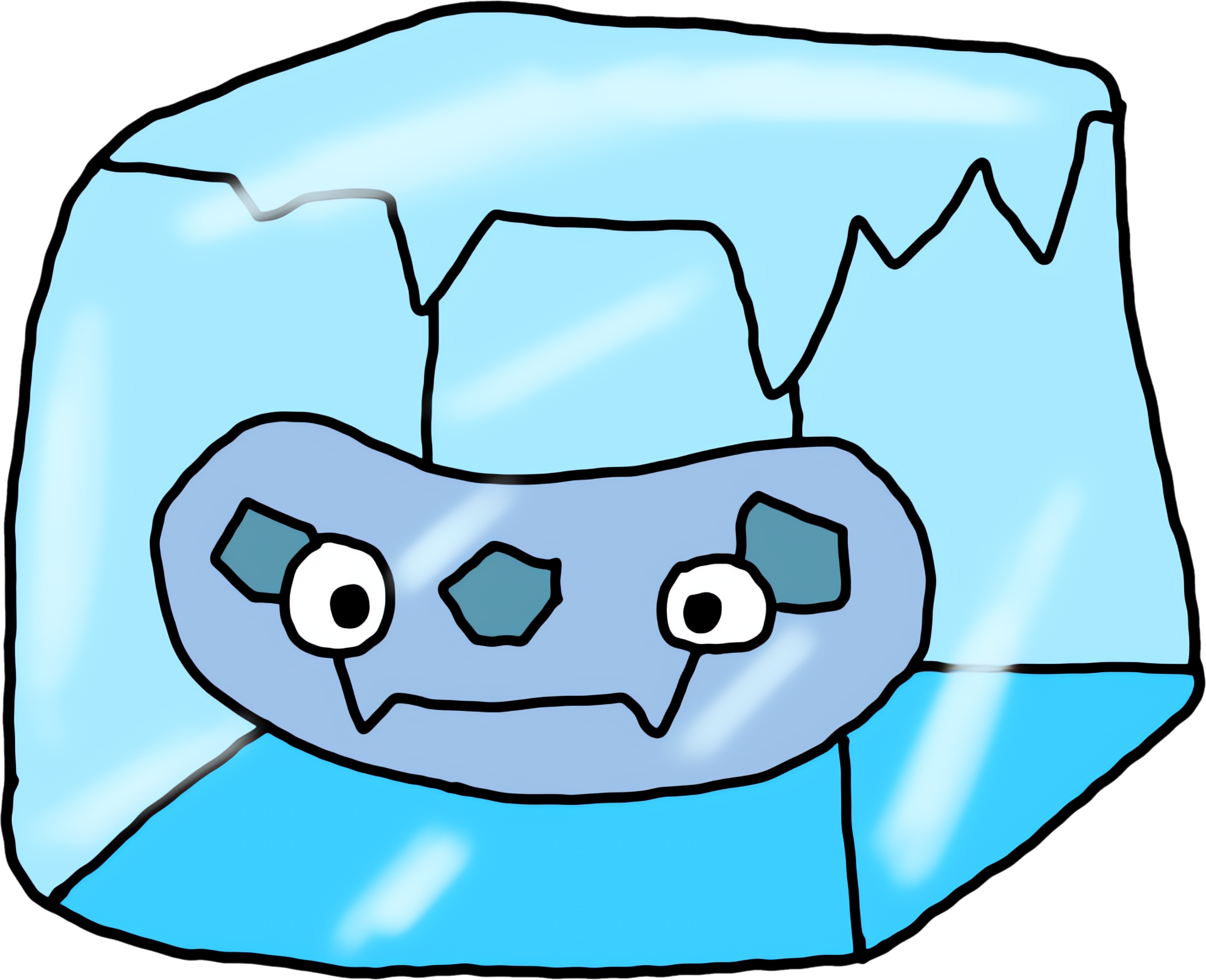Imagine living in a world where the temperature is as scorching as boiling water, the pressure could crush submarines, or the environment is as acidic as battery acid. Sounds impossible, right? Yet, in these hostile environments, life not only exists—it thrives. Meet the extremophiles, the extraordinary organisms that laugh in the face of danger, thriving where almost nothing else can survive.
Throughout this article, you will see some Extremophiles, you can read what they are just below each image!

The Toughest Creatures on Earth
Extremophiles are like the superheroes of the microbial world, each with their own special powers. They can be found in the most inhospitable places on Earth, from the icy depths of Antarctica to the bubbling hot springs of Yellowstone, and even in the crushing darkness of the deep ocean trenches. These remarkable organisms have adapted to live in conditions that would be lethal to most other forms of life.
Let’s take a closer look at some of these amazing creatures:
Thermophiles
These heat-loving microbes flourish at temperatures above 60°C (140°F). Picture them basking in the heat of volcanic vents or hot springs, where they turn what we see as a deadly inferno into a cozy home.
Halophiles
Salt is their best friend. Halophiles thrive in extremely salty environments like salt flats and the Dead Sea, where they would make even the most seasoned ocean fish blush with envy.
Acidophiles and Alkaliphiles
These pH warriors can survive in environments as acidic as stomach acid or as basic as bleach. Imagine living inside a bottle of vinegar or a tub of lye—that’s just another day in the life of these extremophiles.
Psychrophiles
For these cold-loving organisms, the Arctic and Antarctic aren’t just places—they’re playgrounds. Psychrophiles thrive in freezing temperatures, making them the masters of survival in ice and snow.
Barophiles
Found deep in the ocean where pressure is so intense it would crush most organisms, barophiles thrive where even the sturdiest submarines would struggle.

Surviving the Impossible
So, how do these organisms pull off such feats? Extremophiles have evolved unique adaptations that allow them to not only survive but flourish in conditions that would destroy most life forms. For example, thermophiles produce special proteins that don’t denature in high heat, while halophiles have cell membranes that prevent them from drying out in salty conditions.
These adaptations don’t just make extremophiles fascinating—they also make them incredibly valuable to science. Enzymes from thermophiles, for instance, are used in industrial processes that require high temperatures, such as PCR (polymerase chain reaction) in molecular biology, a technique critical for DNA analysis.

Life Beyond Earth?
The study of extremophiles doesn’t just tell us about life on Earth; it also has profound implications for the search for life beyond our planet. If life can exist in such extreme conditions here, could it also survive on other planets or moons with harsh environments? Extremophiles give us hope that life, in some form, might exist elsewhere in the universe, perhaps in the icy oceans of Europa or the methane lakes of Titan.

Conclusion: The Resilient Wonders of Life
Extremophiles challenge our understanding of life’s limits. They remind us that life is not only incredibly resilient but also incredibly diverse. These organisms push the boundaries of what is possible, thriving in conditions that seem utterly inhospitable. They are a testament to the adaptability and tenacity of life itself.
The next time you find yourself in a hot desert, near a bubbling hot spring, or gazing at a frozen landscape, remember that somewhere in those extreme environments, life is flourishing. Extremophiles are the unsung heroes of the microbial world, showing us that life can find a way in even the harshest conditions.


My name is Ali Emre Cabadak, a dedicated biology enthusiast currently pursuing my studies at Marmara University, where I am majoring in Bioengineering. As a passionate advocate for scientific discovery and innovation, I am the founder of Biologyto. My goal is to bring the wonders of biology closer to everyone and inspire a new generation of thinkers and innovators. Through Biologyto, I aim to write scientific articles that delve into the fascinating world of biology, sharing insights and discoveries that inspire curiosity and innovation.





